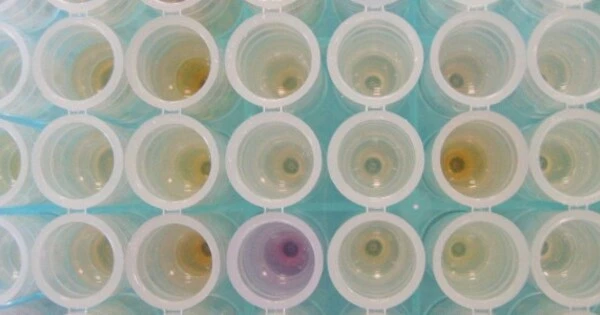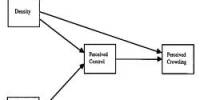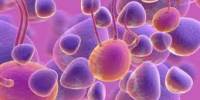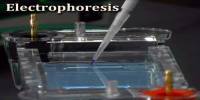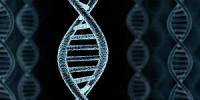Pollen DNA barcoding is a molecular biology technique used to identify and classify various plant species based on the DNA sequences of their pollen grains. It is the method of identifying pollen-donor plant species by amplification and sequencing of certain, conserved sections of plant DNA. This method is particularly useful for investigating plant diversity, ecology, and taxonomy, as well as for a variety of applications in botany, forensics, and agriculture.
Pollen identification by DNA barcoding entails the particular targeting of gene areas that are prevalent in most plant species but vary greatly across members of different species. Accurately identifying pollen has a wide range of applications, but it has been challenging in the past due to the constraints of microscopic identification of pollen. The unique sequence of base pairs for each species inside these target regions can be used as an identifying trait.
Here’s an overview of how pollen DNA barcoding works:
- Collection of pollen: First, pollen samples from several plant types are collected. Pollen can be collected from flowers or sedimentary deposits such as lake or soil samples, where pollen grains have accumulated over time.
- DNA extraction: The next step is to extract DNA from the pollen grains that have been gathered. Because pollen grains are frequently tiny and have thick exterior walls, specialized procedures are employed to break down these barriers and retrieve the DNA.
- DNA amplification: To study the DNA, certain portions of the plant genome are amplified using a technique known as polymerase chain reaction (PCR). These zones are often chosen because they vary greatly between plant species, making them excellent for species identification.
- DNA sequencing: After the DNA has been amplified, it is sequenced. The sequence data generated is used to generate a unique genetic “barcode” for each plant species. This barcode is a particular DNA sequence that can be used to identify species.
- Data analysis: The generated DNA barcode sequences are compared to a reference database of barcode sequences from recognized plant species. This comparison helps researchers to determine which plant species produced the pollen.
Applications
Pollen DNA barcoding has applications ranging from forensics to food safety to conservation. The development of plant barcode reference libraries assists each of these sectors. The size and extent of these libraries’ holdings, as well as the target region(s) in which they specialize, vary greatly.
- Biodiversity assessment: It can help researchers identify and document plant species in a given ecosystem or region, aiding in biodiversity studies.
- Palynology: Palynologists use pollen DNA barcoding to study historical changes in vegetation and climate by analyzing sedimentary deposits.
- Forensics: Pollen DNA can be used in forensic investigations to trace the source of pollen found on clothing, vehicles, or crime scenes.
- Agriculture: It can be used to detect and identify specific plant pests, pathogens, or genetically modified organisms in agricultural settings.
- Environmental monitoring: It can be used to track the spread of invasive plant species or monitor the impact of environmental changes on plant communities.
